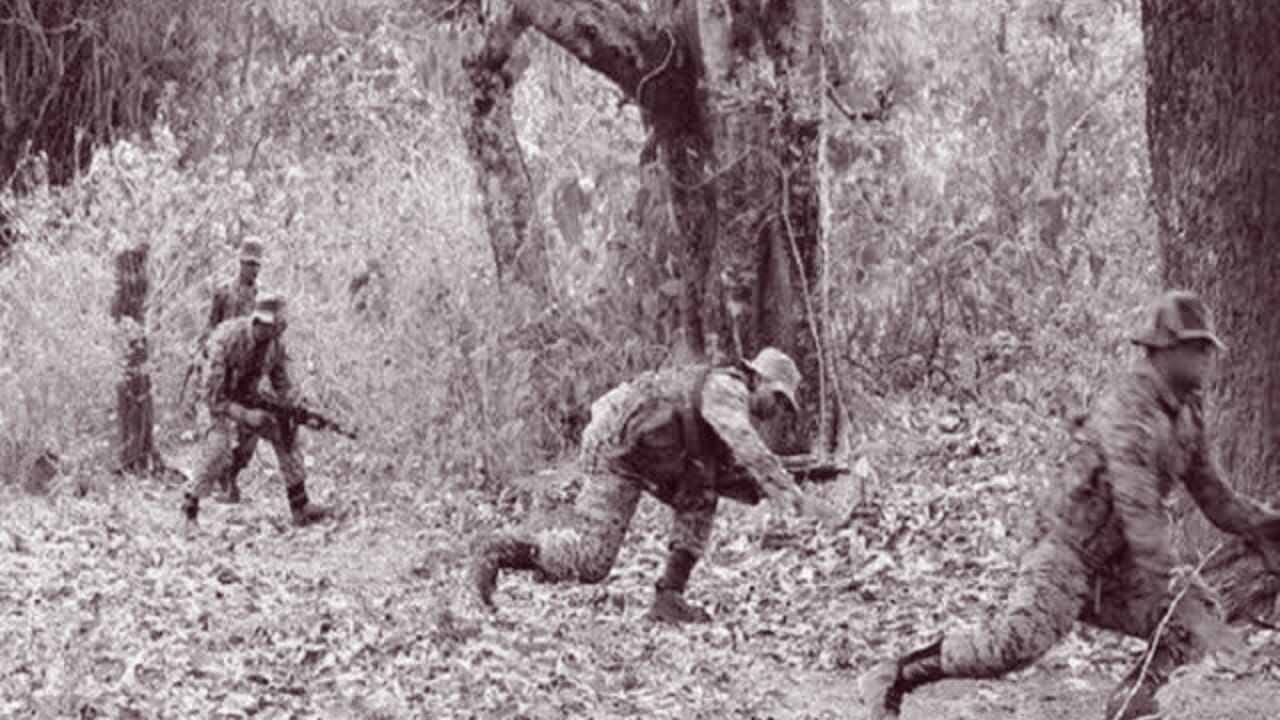The story of Bhawanipur Naxal encounter: 15 Naxalites were killed and then the entire area was free from Naxal terror
Local authorities assert that they had received numerous reports regarding a gradual escalation of activities by the MCC, which maintains a robust presence in south-west Bihar, an area contiguous to UP"s Mirzapur, Sonbhadra, and Chandauli districts.

On the day of Holika Dahan (in the month of March) in the village of Bhawanipur, situated in Uttar Pradesh's Mirzapur district, the police took significant action against the Naxalites. A clash ensued between the police and the Naxalites, resulting in the deaths of 15 Naxalites and an innocent bystander.
Even though 23 years have elapsed since this incident occurred during Holika Dahan, the memories of it remain alive. On that day, the police cordoned off the entire village, leading to hours-long confrontations with the Naxalites, causing fear among the villagers as gunfire echoed through the air.
Around midday on March 9, 2001, Naxalites came to the temporary dwelling of Bhagwan Das in Bhawanipur village, situated within the jurisdiction of Rajgarh police station in Mirzapur district.
Upon their arrival, they requested food to be prepared. During this period, Dhanpati, Bhagwan Das's wife, cooked rice, lentils, and bottle gourd curry for them. Meanwhile, someone alerted the police about the Naxalites' presence in the village.
While the Naxalites were enjoying their meal, the police encircled the village from all directions. They urged the Naxalites to surrender, but Bhagwan Das and others managed to slip out of his house and take refuge in different residences.
Among the 15 Naxalites, 5 were identified. Devnath Kol served as the divisional commander for the outlawed Maoist Communist Centre (MCC), overseeing Sonbhadra, Mirzapur, and Chandauli districts.
Lavrat Kol and Tyagi Kol held positions as MCC commanders. Sheshmani Pal hailed from the nearby Bhiti village. Additionally, Sushil Pal carried a bounty of Rs. 2,00,000 on his head, a reward previously announced by the police of the neighbouring Bihar district, Palamu. All of them operated within Uttar Pradesh and had criminal cases registered against them.
A journal discovered within one of the confiscated bags documented a general record of the number of households officially incorporated into the MCC cadre.
Though devoid of specific names, the figures associated with certain villages serve as a conspicuous gauge of the effectiveness of their strategies.
The naxalites were also armed with modern weapons; the police recovered one 315 and two 303 rifles, two double-barrel 12-bore guns, one single-barrel 12-bore gun, and half a dozen country-made guns and pistols. These were sealed in the Marihan police station. It was only after gunning them down that it showed how well-equipped they were.
Local authorities assert that they had received numerous reports regarding a gradual escalation of activities by the MCC, which maintains a robust presence in south-west Bihar, an area contiguous to UP's Mirzapur, Sonbhadra, and Chandauli districts.
It appears that the Naxalites were utilising Bhawanipur as a base due to the dense Sonebhadra forest, which serves as a secure refuge for their operations along the expansive UP-Bihar border.
The confrontation persisted for several hours, commencing when the police arrived while people were having lunch. No one was allowed to return home that day, and everyone had to remain outdoors throughout the night. Continuous skirmishes between the police and Naxalites ensued.
The following morning, people were finally permitted to return home, yet the tension lingered. The police conducted thorough searches of every house, intensifying the situation before it eventually subsided.
Report by
Shomen Chandra
Intern, The Narrative


